Background
During the development of the TT&C for my University CubeSat I started to think about an easy and cheap way to receive communications from the CubeSat once it is in orbit, projected to be next year in 2021. The CubeSats TT&C transmits in VHF, and receives in UHF, using AFSK-1200 with AX.25 as the basic communication modulation. It also has a Morse beacon in the same frequency band. The idea of the developed module is a plug-and-play receiver that anyone can use to receive the satellites communication without needing any additional hardware or software, besides an antenna.
The module is based around the AX5043 Sub-GHz transceiver, it is as far as I can tell the only transceiver of its kind that supports FM-AFSK. It is an amazing little transceiver, full of functionalities and highly configurable. It even supports analog interfaces (1 DAC and 1 ADC channel) and a raw bit interface (DATA & DCLK)! The module uses two of these transceivers so that it can both receive communications from the CubeSat in VHF and transmit to it in UHF, useful for me during development and testing of the CubSats TT&C. The control and data transfer of the transceiver to/from the PC is done over USB using the Virtual COM Port library of the STM32F103C8 MCU. The module also features current consumption monitoring capability of the module and each transceiver. It also has analog signal conditioning to use the ADC and DAC of the AX5043 for the possible "analog" FM and other analog outputs like RSSI. The module was designed to fit inside a cheap aluminium enclosure (80x50x20mm in size) available on eBay.
Hardware
The localization/layout of the different modules can be seen in the image below, each LDO has output current monitoring using a INA138. The analog input/output for each transceiver is done through a 4-pole 3.5mm audio connector. A few "mandatory" LEDs for status indication are also present.

There are some mistakes in the hardware design, visible as wire bodges, diagonal components and bypass/shunt resistors. I'm working on a revised hardware design (Version 3) to fix those and also exchange the XO for a TCXO for much better frequency accuracy and stability.
Results
So far I have successfully tested AFSK-1200 reception and transmission as well as FSK-9600 (G3RUH). The transmission spectrum for those modulations can be seen below. The emitted power is around 15 dBm just as expected from the datasheet.
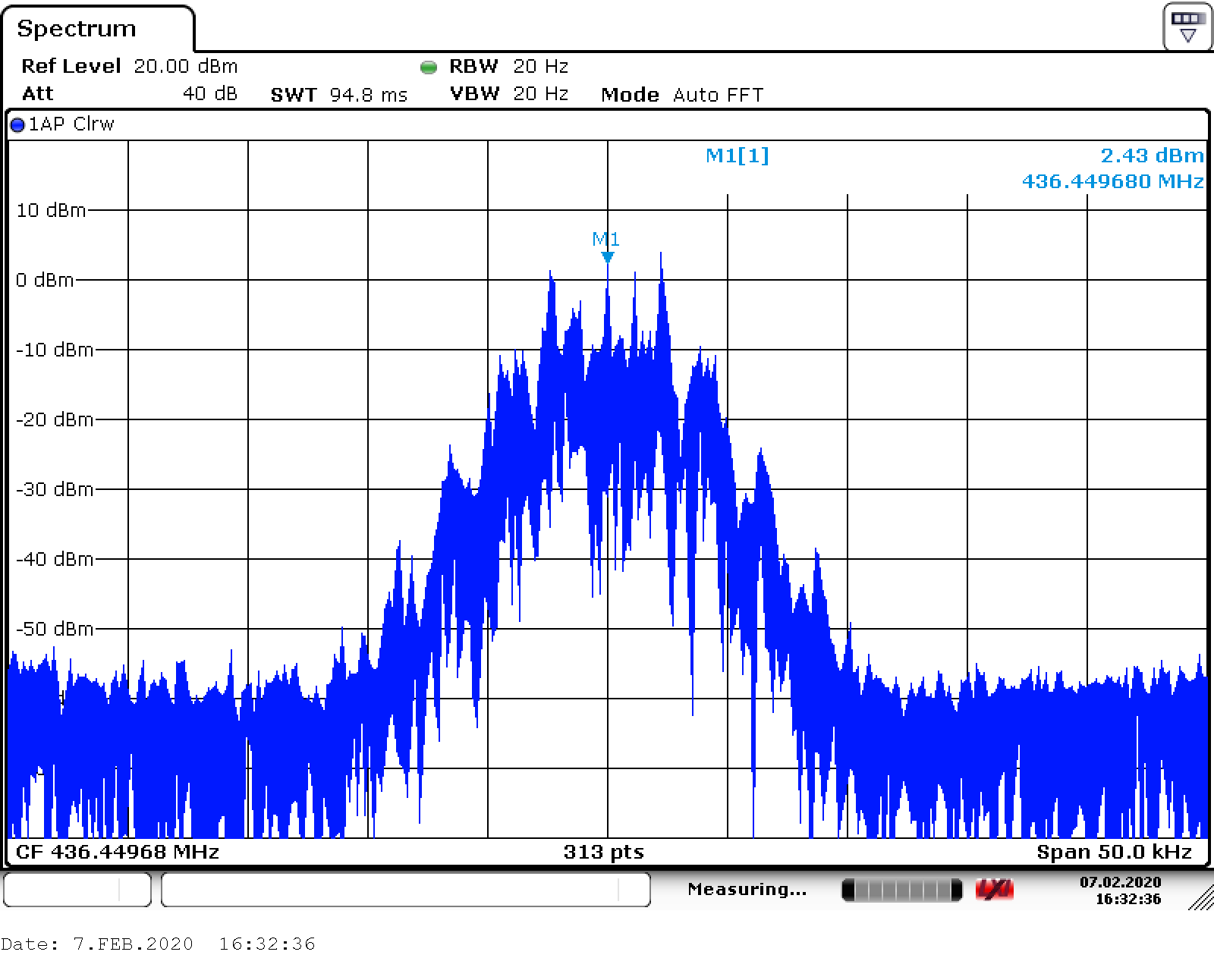
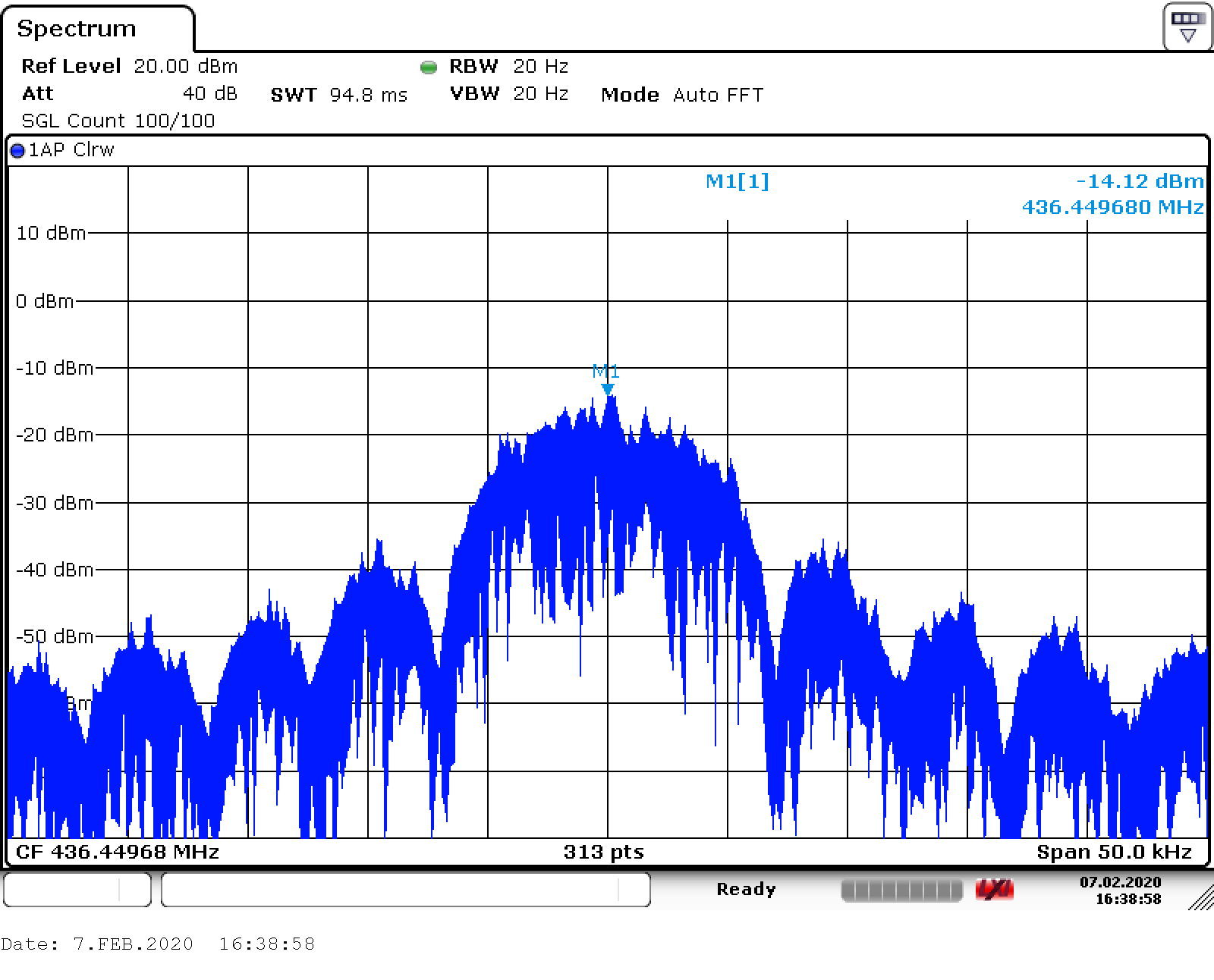
The power consumption during transmission is around 140mW for the transceiver alone which gives a efficiency of about 20%.
Characterization of the reception is still ongoing, so far only AFSK-1200 in UHF is characterized with a BER of >10-5 for input powers over -105 dBm and 10-4 at -110 dBm with similar resutls for GMSK-9600 in UHF. The VHF receiver has significantly worse performance with a BER of >10-5 only at input powers over -95dBm. This requeires further testing.
The current hardware schematic and Gerber files can be downloaded and the current firmware is available on my GitHub page. Fill free to use them however you want. Also more in-depth performance analysis are available on my webpage as well as an explanation on how to set up the AX5043 transceiver which is a bit complex with all the possible configurations.
 NotBlackMagic
NotBlackMagic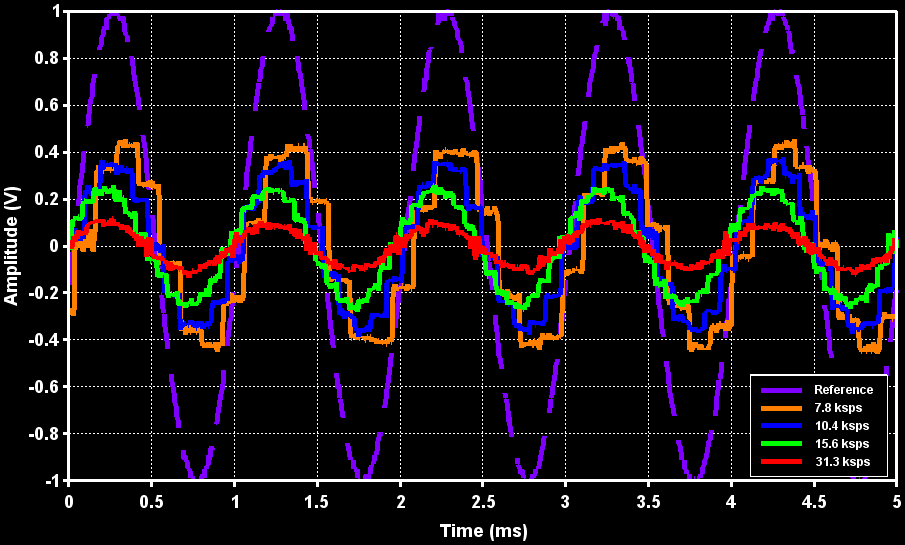
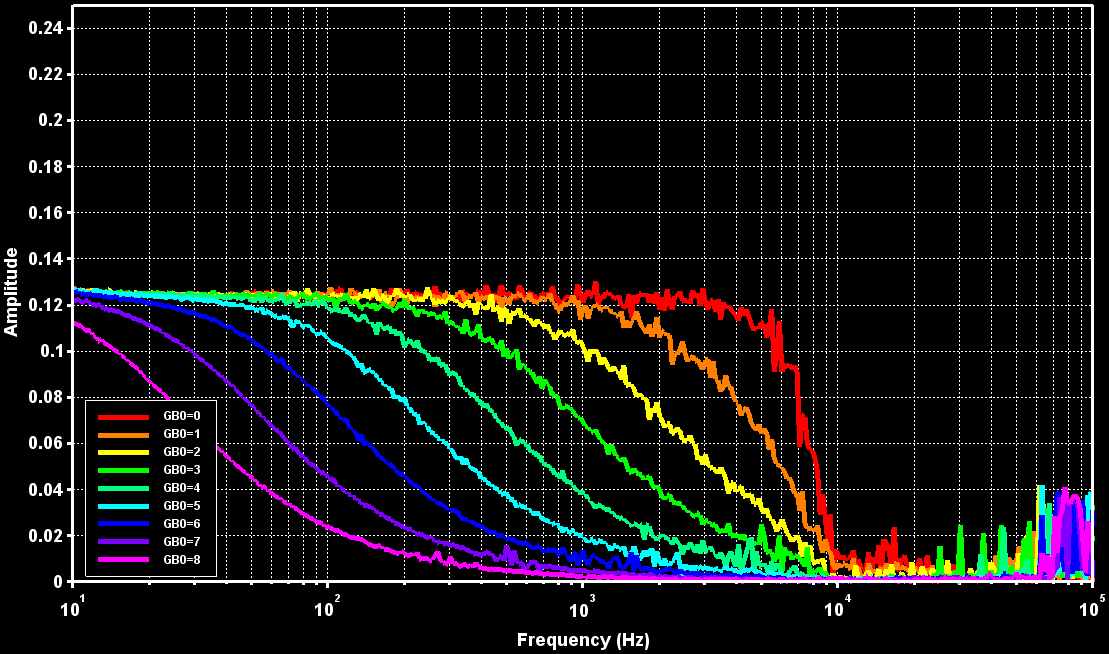
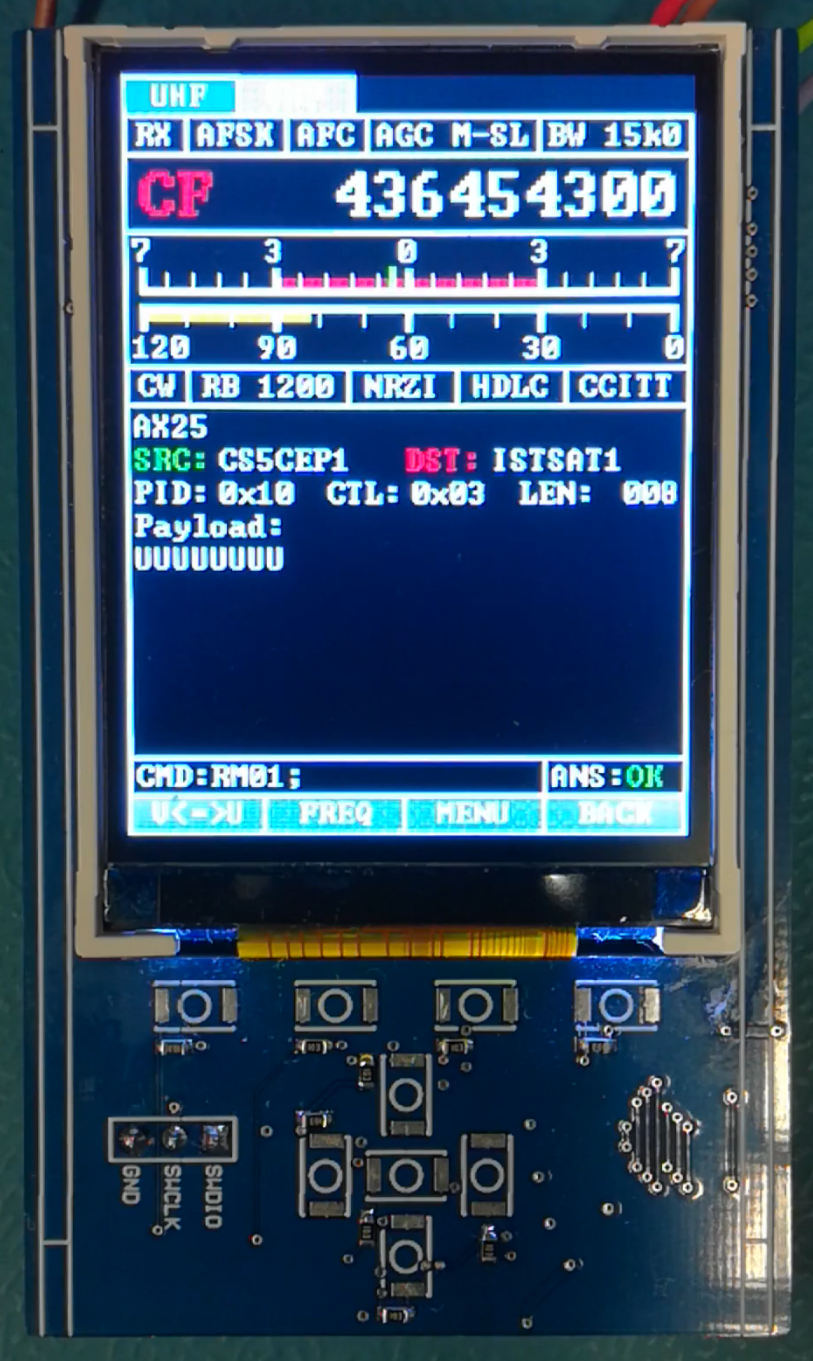
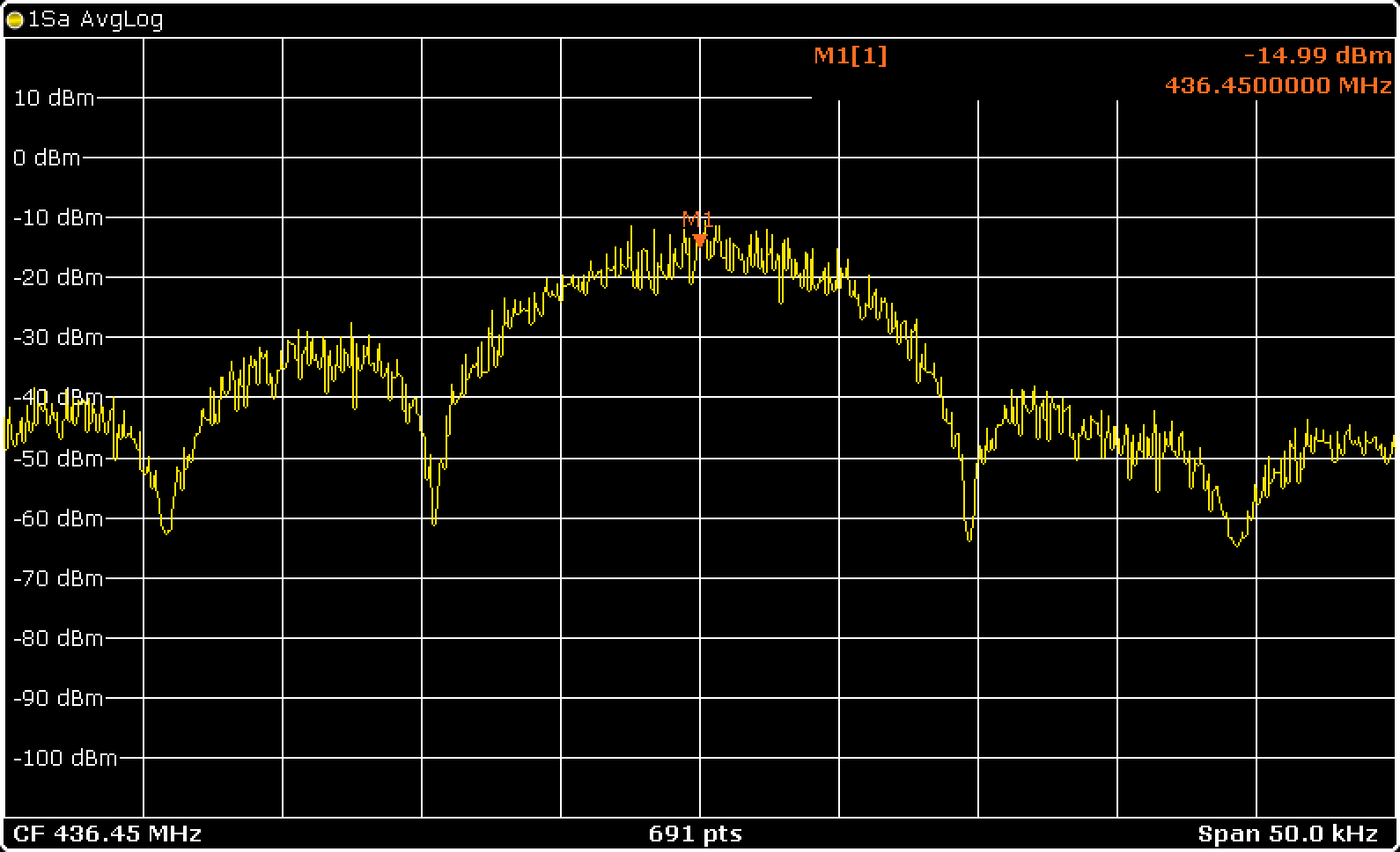 As always, the software can be found on
As always, the software can be found on 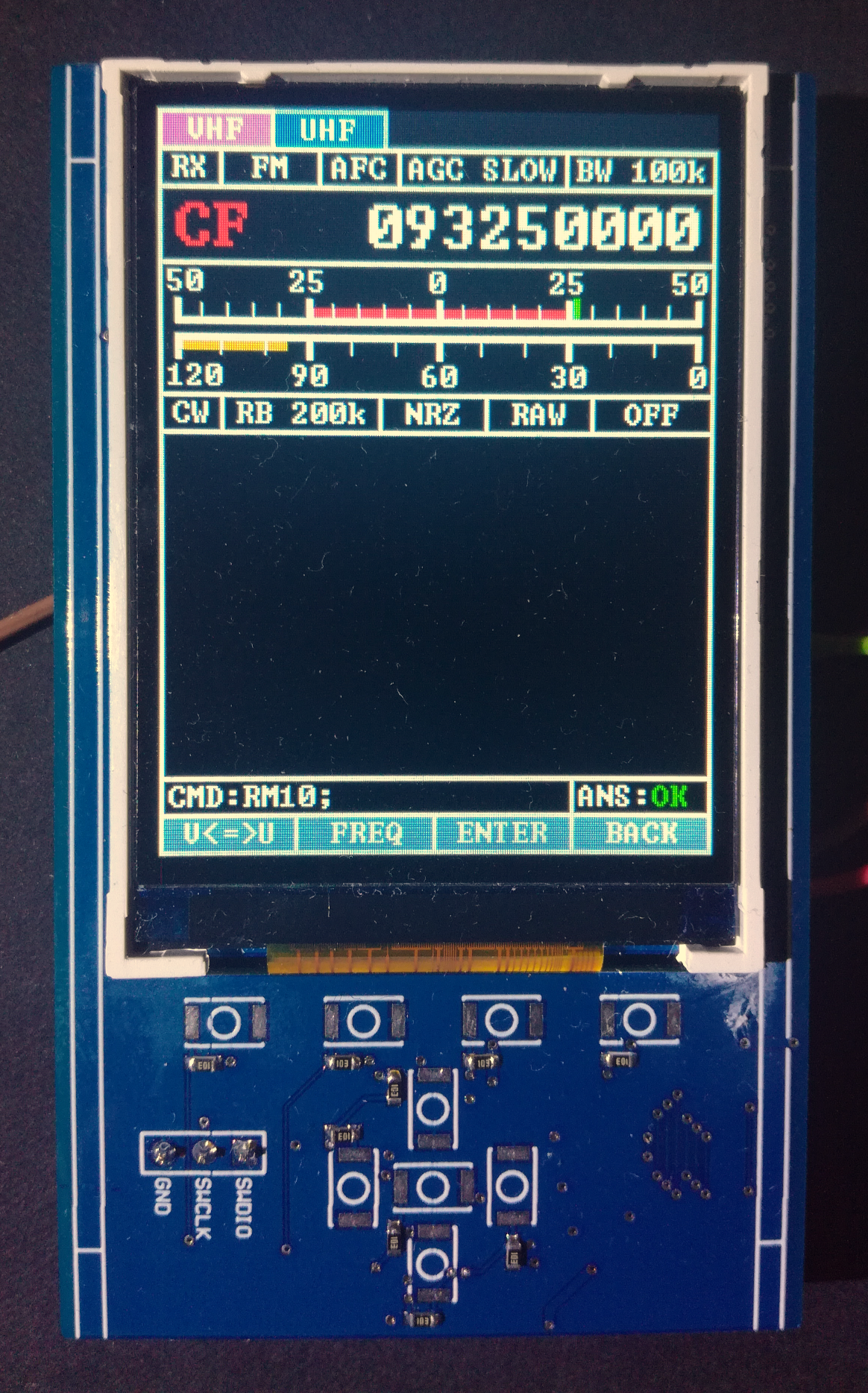
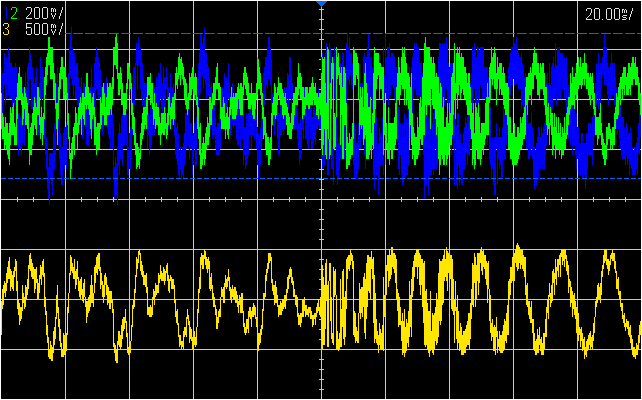
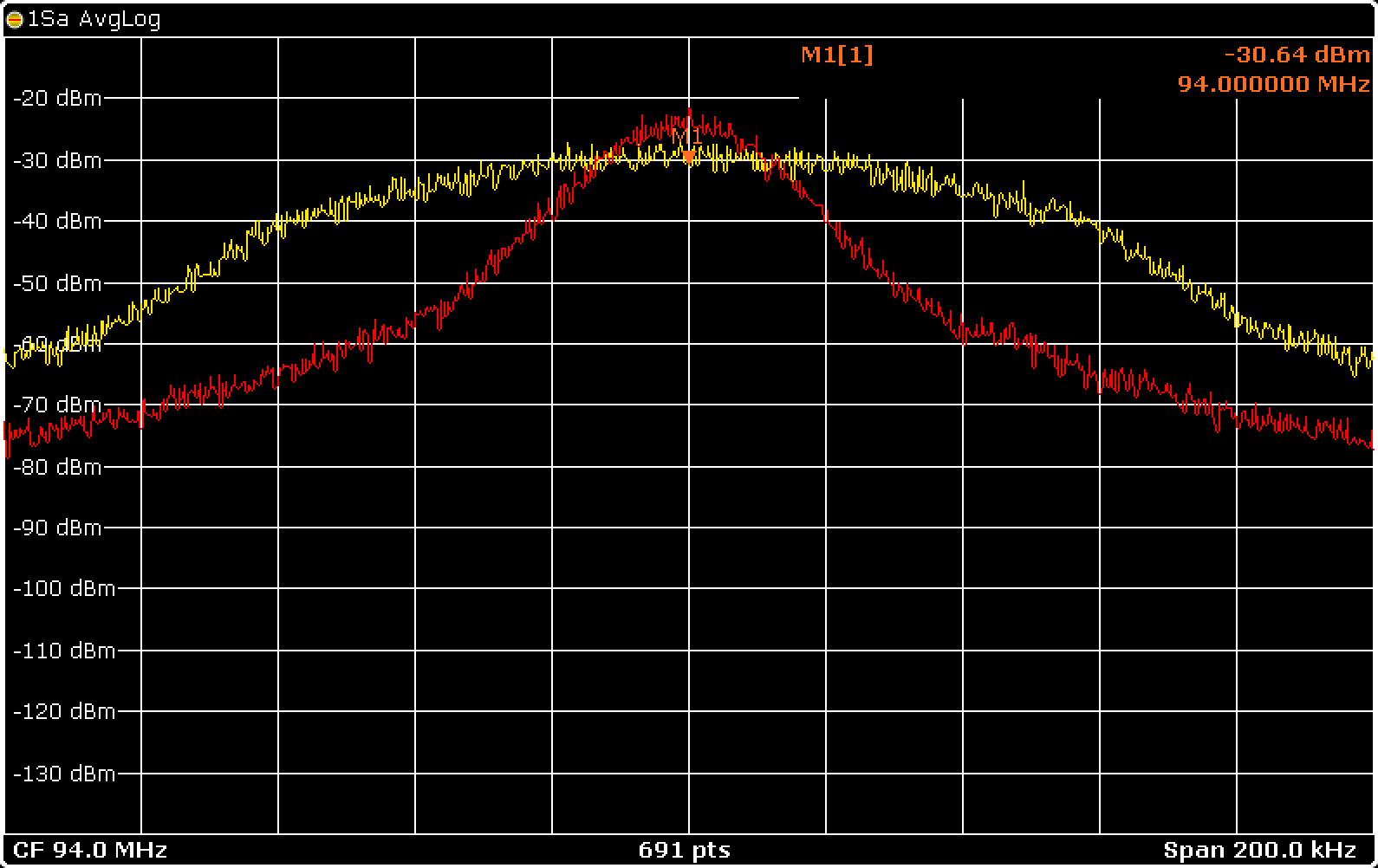


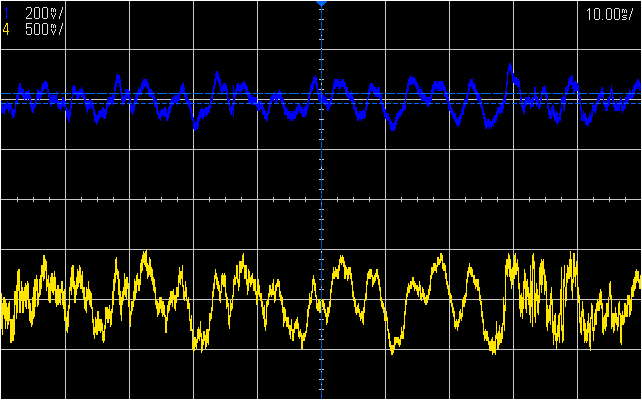 The improved Audio quality is also audible, a sample is available on the
The improved Audio quality is also audible, a sample is available on the 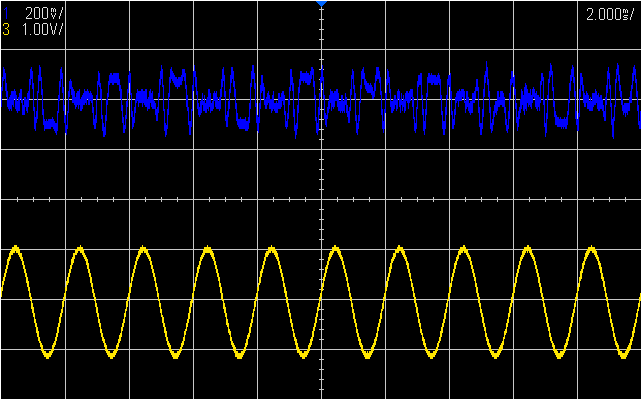
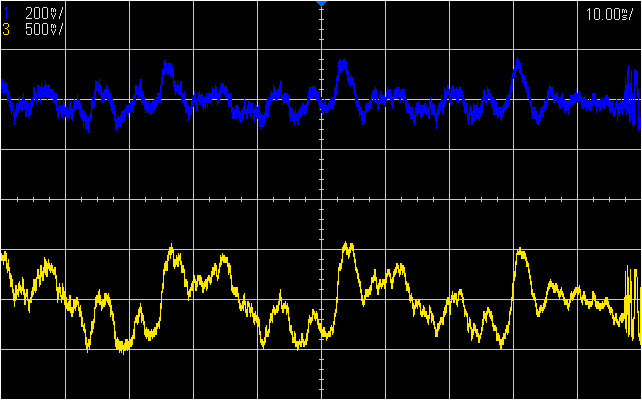
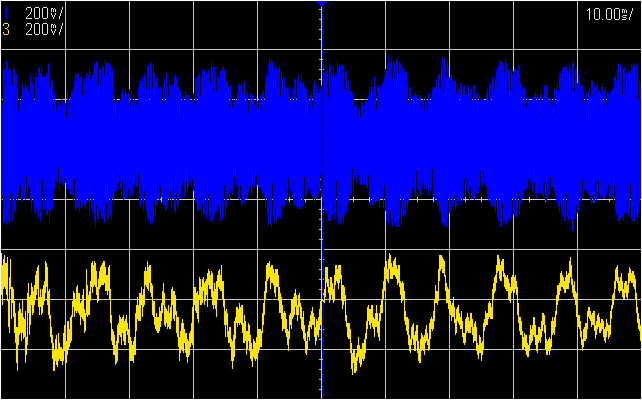
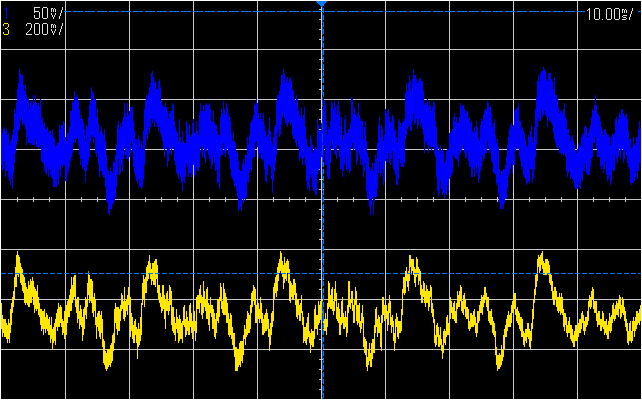
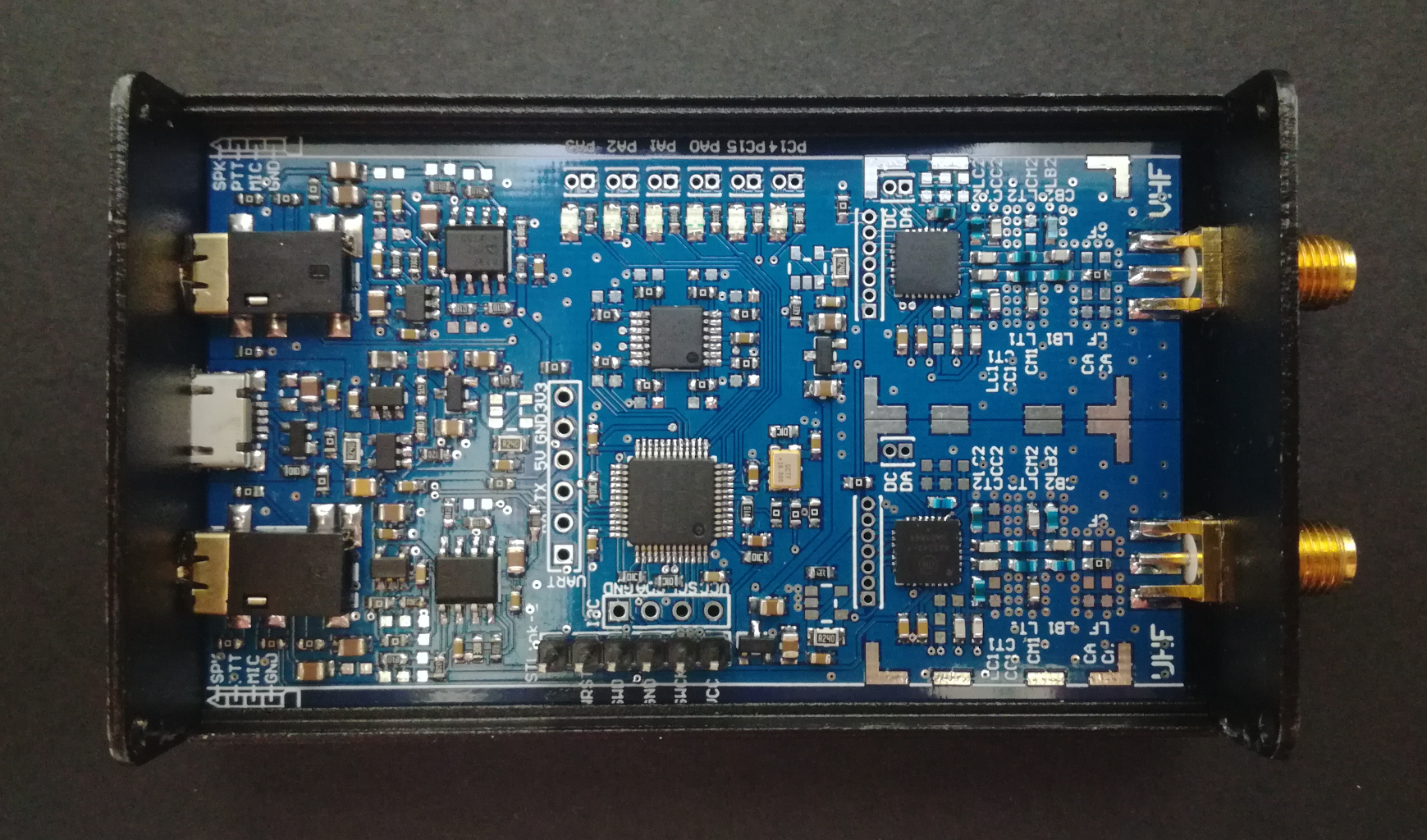
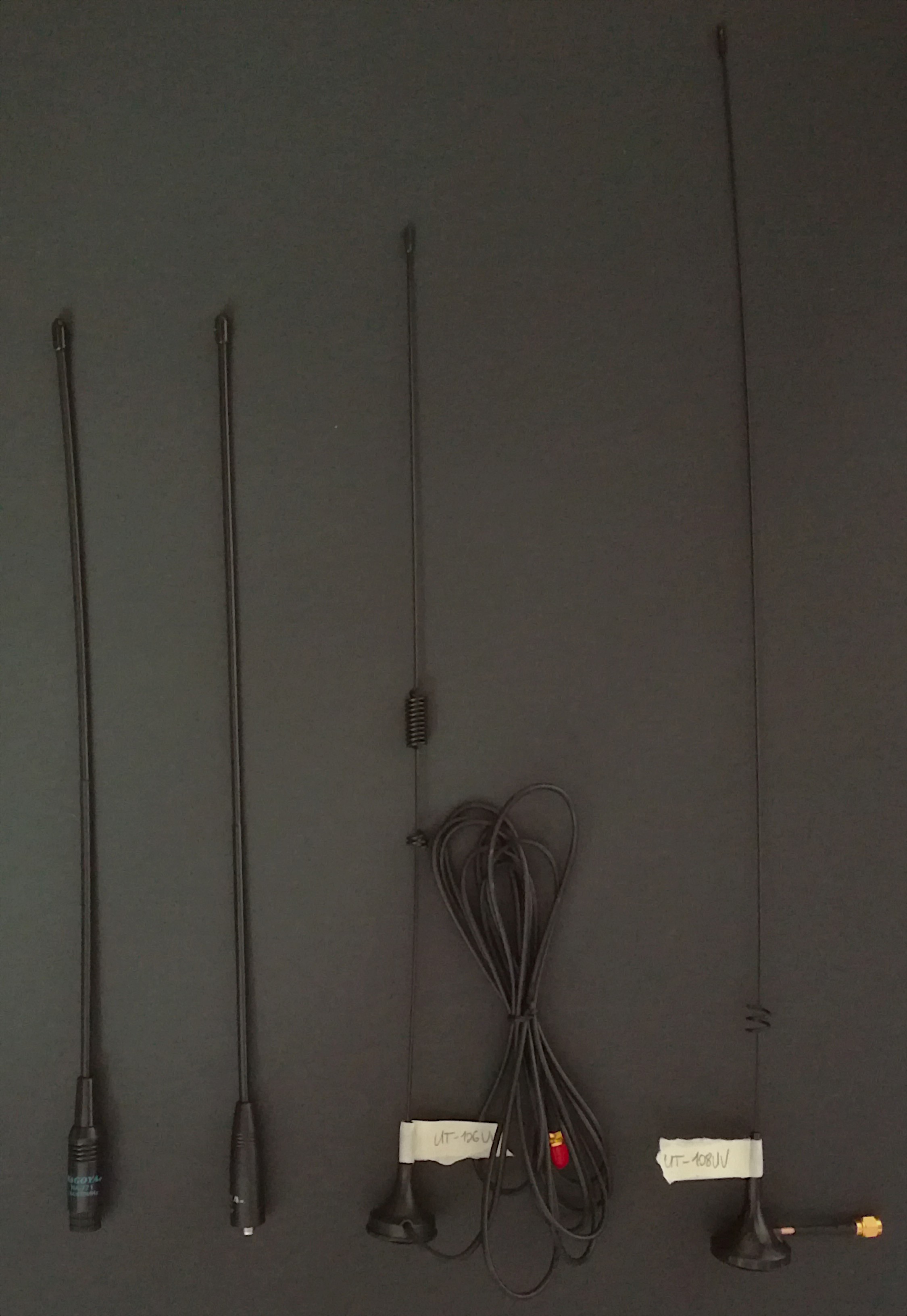
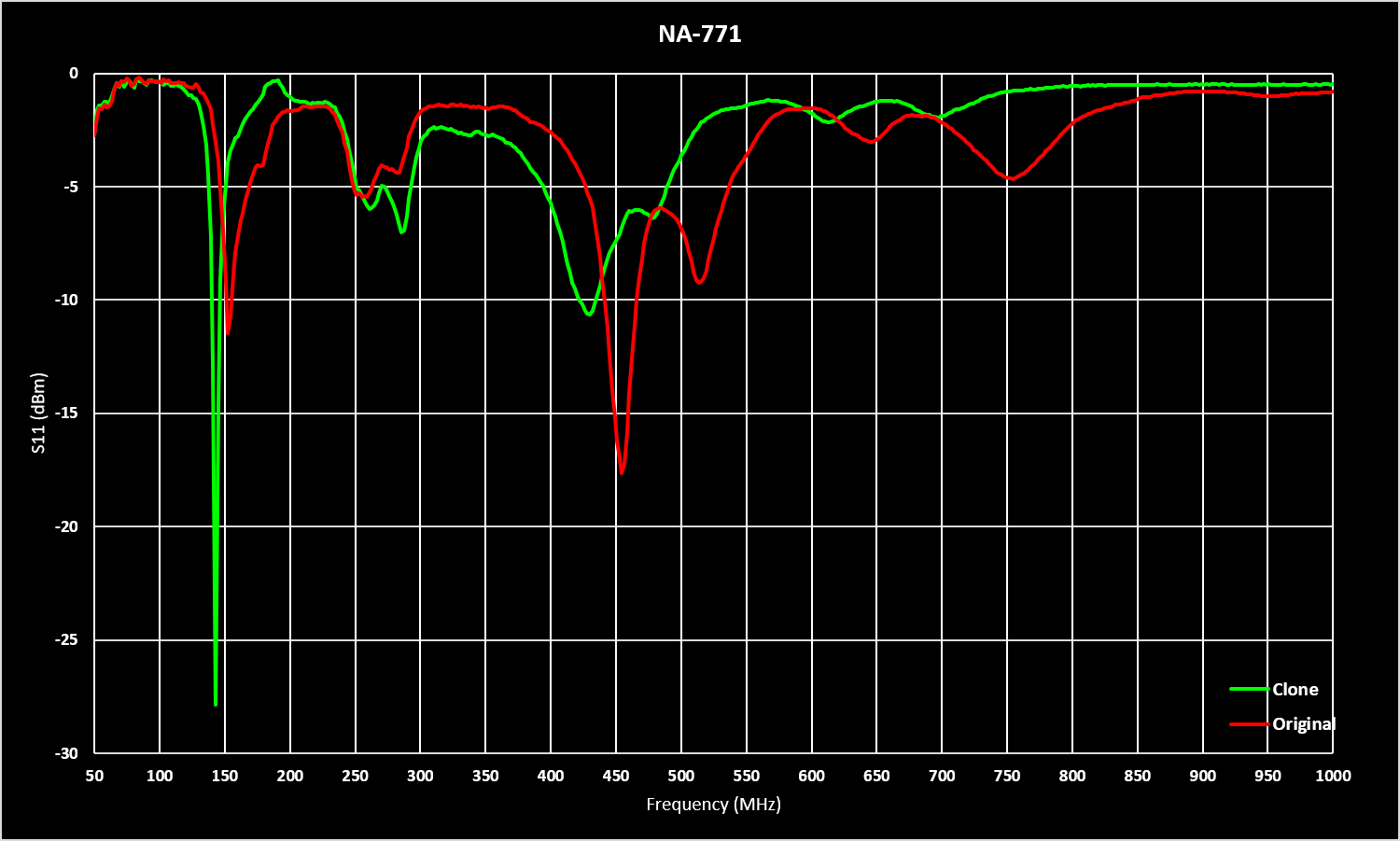
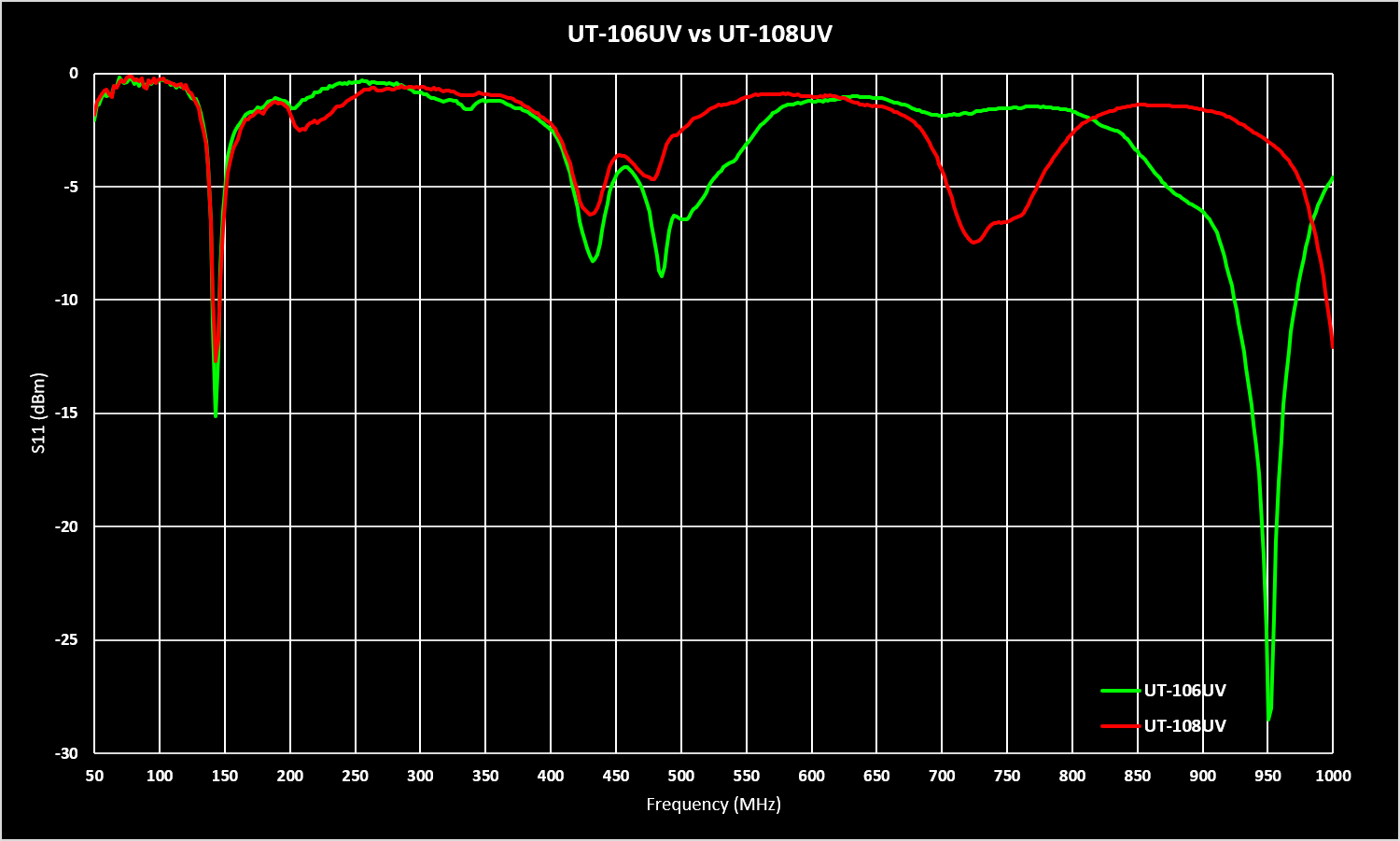
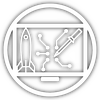
What is the IF frequency you use with these?